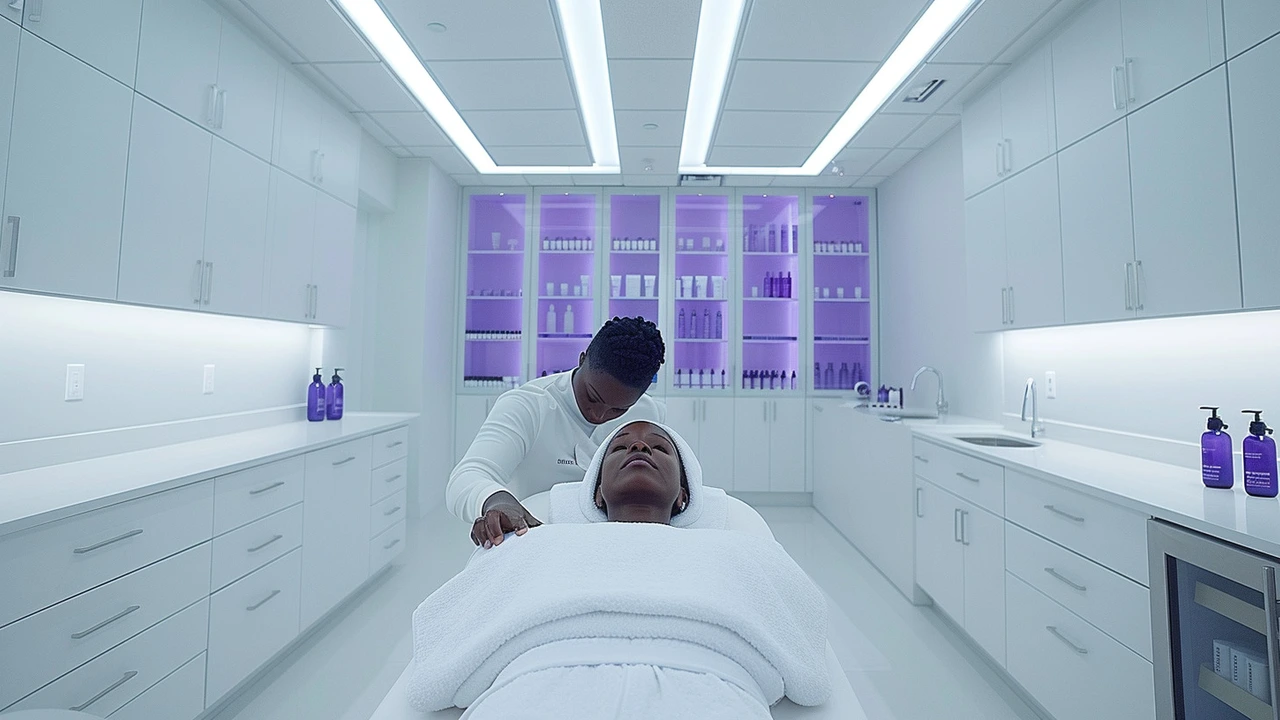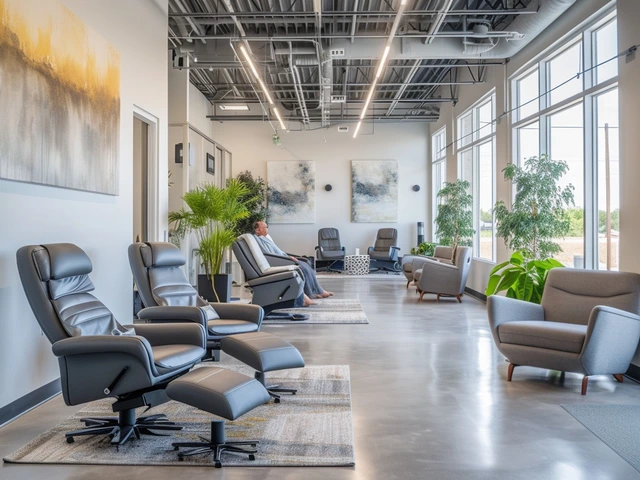The Rising Popularity of Craniosacral Therapy
Understanding the Basics of Craniosacral Therapy
As an avid health enthusiast, I've come across a wide variety of alternative therapies. But one that has particularly caught my attention recently is Craniosacral Therapy. This form of bodywork or alternative therapy focuses primarily on the concept of "primary respiration" and regulating the flow of cerebrospinal fluid. It's a gentle, hands-on approach that releases tensions deep in the body to relieve pain and dysfunction, improving whole-body health and performance.
Its origin dates back to the early 20th century, and it's based on fundamental theories of osteopathy. The process involves light touching by the practitioner to manipulate the joints in the cranium or skull, parts of the pelvis, and the spine. The aim is to regulate the flow of cerebrospinal fluid and aid in "primary respiration".
The Rising Demand for Craniosacral Therapy
Over the years, I've noticed a significant increase in the popularity of Craniosacral Therapy. It's been embraced by health practitioners and patients alike for its non-invasive nature and its focus on facilitating the body's self-healing capabilities. One of the primary reasons for its rising popularity is the wide range of health issues it can help address. These include migraines, neck pain, scoliosis, orthopedic problems, and even emotional issues such as anxiety and depression.
Moreover, it's been hailed as a beneficial therapy for children with autism, ADHD, and other developmental conditions. The gentle touch used in Craniosacral Therapy can help reduce overstimulation and calm an overactive nervous system.
Scientific Backing and Skepticism
Like many alternative therapies, Craniosacral Therapy has its fair share of skeptics. However, a growing body of research has started to back up its efficacy. Numerous studies have shown positive results for conditions like chronic neck pain, fibromyalgia, and migraine symptoms. Another study found that it could improve sleep quality, reduce anxiety, and improve the quality of life for fibromyalgia patients.
Despite the promising results, it's important to note that more large-scale, rigorous scientific studies are needed to firmly establish the effectiveness of Craniosacral Therapy. However, its rising popularity cannot be ignored, and it's becoming an increasingly common addition to many people's health routines.
My Personal Experience with Craniosacral Therapy
Being a health blogger, I believe in trying out the therapies I write about. So, I booked a Craniosacral Therapy session to experience it first-hand. The session was incredibly relaxing, with the therapist gently manipulating my skull and spine. I could feel a sense of release in areas where I typically carry tension.
After the session, I felt a profound sense of relaxation and calmness. My chronic neck pain seemed to have lessened, and I had the best night's sleep I had in ages. While this is purely anecdotal evidence, my positive experience definitely made me understand why this therapy is gaining traction.
Conclusion: A Promising Alternative Therapy
From my research, personal experience, and the growing body of scientific evidence, I believe Craniosacral Therapy is a promising alternative therapy. It's non-invasive, relies on the body's natural healing abilities, and can be beneficial for a variety of health issues.
Like all health decisions, it's crucial to consult with a trusted healthcare provider before starting any new therapy. But for those who are looking for a gentle, holistic approach to health, Craniosacral Therapy is certainly worth considering.







Comments